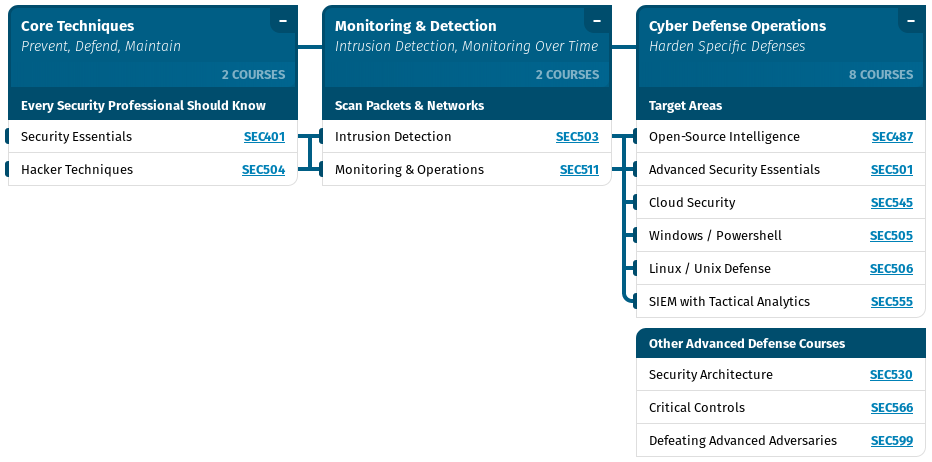Bridging machine learning and cryptography in defence against adversarial attacks
In the last decade, deep learning algorithms have become very popular thanks to the achieved performance in many machine learning and computer vision tasks. However, most of the deep learning architectures are vulnerable to so called adversarial examples. This questions the security of deep neural networks (DNN) for many security- and trust-sensitive domains. The majority of the proposed existing adversarial attacks are based on the differentiability of the DNN cost function.Defence strategies are mostly based on machine learning and signal processing principles that either try to detect-reject or filter out the adversarial perturbations and completely neglect the classical cryptographic component in the defence. In this work, we propose a new defence mechanism based on the second Kerckhoffs's cryptographic principle which states that the defence and classification algorithm are supposed to be known, but not the key. To be compliant with the assumption that the attacker does not have access to the secret key, we will primarily focus on a gray-box scenario and do not address a white-box one. More particularly, we assume that the attacker does not have direct access to the secret block, but (a) he completely knows the system architecture, (b) he has access to the data used for training and testing and (c) he can observe the output of the classifier for each given input. We show empirically that our system is efficient against most famous state-of-the-art attacks in black-box and gray-box scenarios.
PDF Abstract

 Fashion-MNIST
Fashion-MNIST